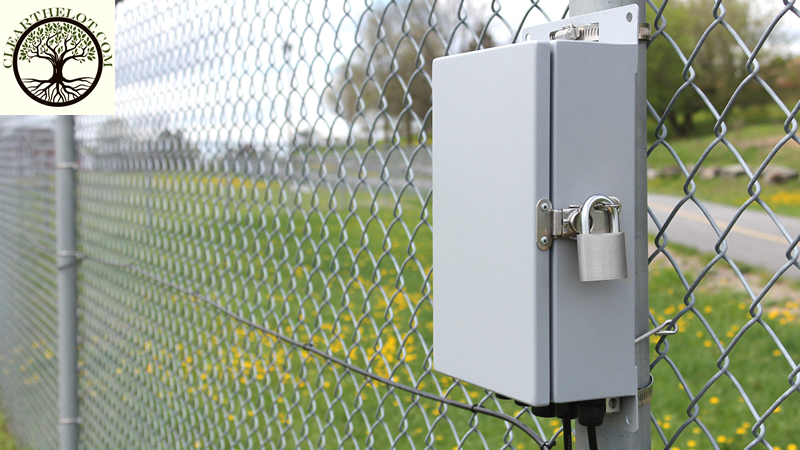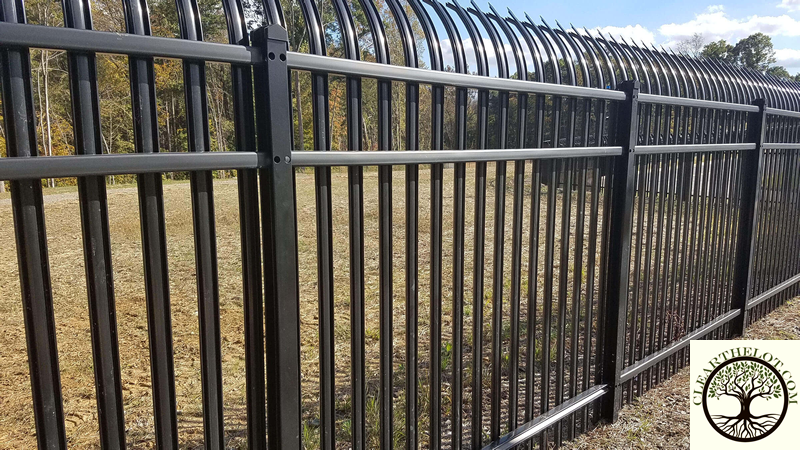Unrivaled fencing
Fences in ballpark
Fences aid to distinguish specific portions of playing grounds, such as the dugouts and bleachers, as well as provide protection for spectators, as seen in any stadium. If you need a fence company these fences also serve as crowd management and venue security on game days.
You could notice a safety cap on top of the fence if you glance out into the outfield. By covering the barbs at the top of the fence, the cap protects the players from damage while also adding a decorative aspect to the overall fence.

Backstops
Backstops are used to form a barrier that will stop a foul ball or wild pitch, allowing the ball to remain in play while keeping spectators safe. Depending on the needs of the building, different styles are available. Panelized Backstops are the most common fence design on baseball fields.
It gets its name from the fact that it is produced by joining many panels together to form a backstop. It gives home plate a rectangular appearance. The bottom sections of most backstops are made of 6-gauge chain link fence fabric, while the top and overhang portions are made of 9-gauge chain link fence fabric.
They’re normally made of galvanized chain link or black vinyl-coated chain link, and they’ll match the rest of the ballpark’s fence.
FENCES FOR RECREATIONAL USE
There are various recreational venues that use fences in addition to ballparks. Fences for tennis courts and skate parks, as well as stadiums and dog parks, are among them. A safety cap may be put to the top of the fence depending on the sort of activities at the site.

We apply our knowledge to assist you in selecting the right fabric, framework, and accessories to design the ideal system for your needs. Our installation method guarantees that your posts are appropriately spaced for the weight of the fabric and framework, as well as to handle projected wind loads, as most ballparks and recreational facilities use chain link fences. To keep the fence’s structural integrity, we also evaluate the design and installation of post footings.

Comments
Post a Comment